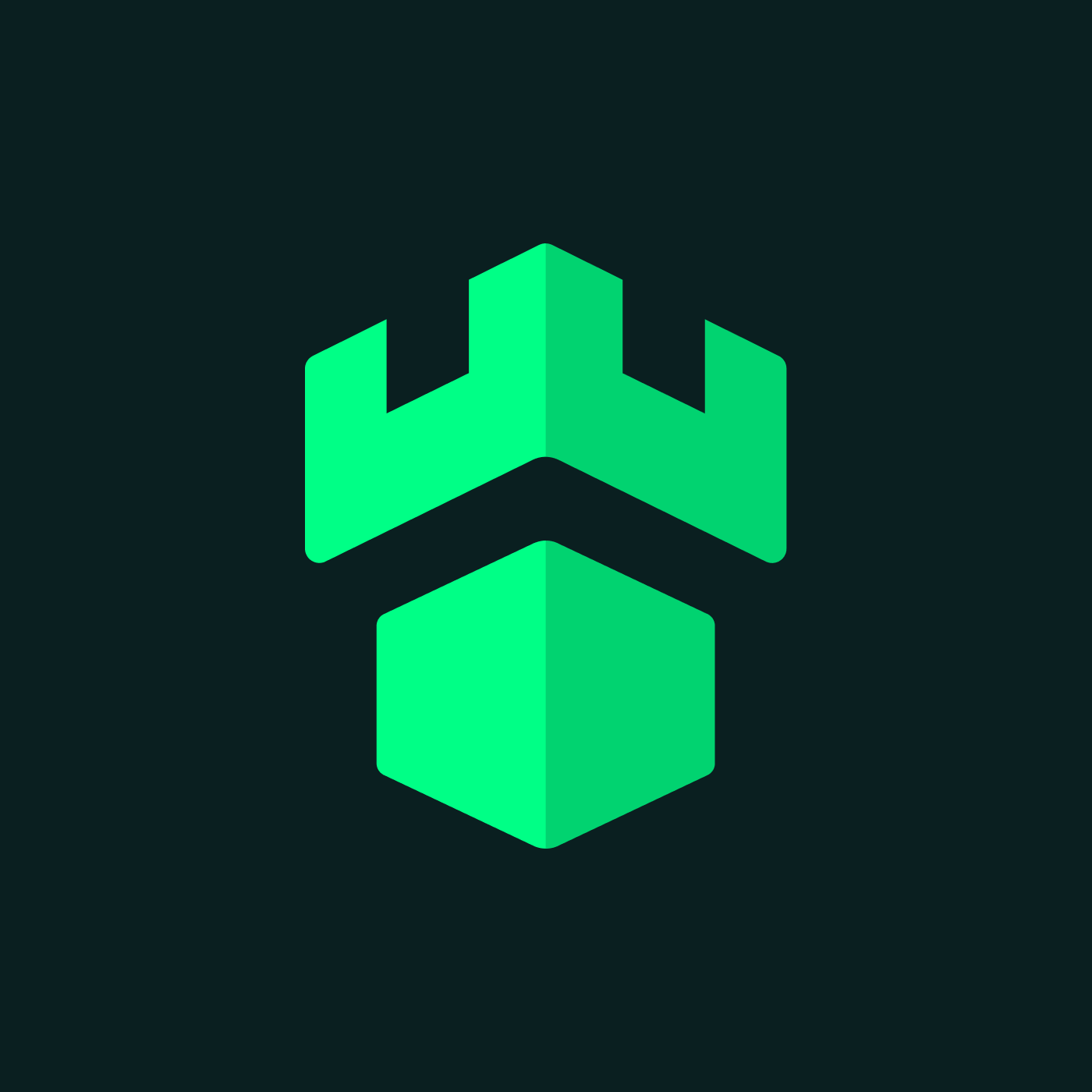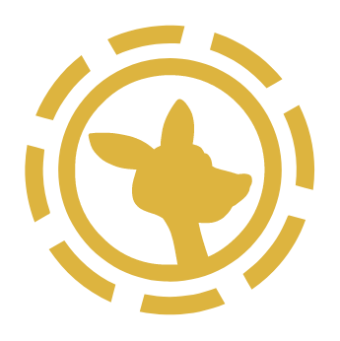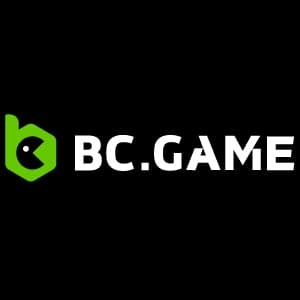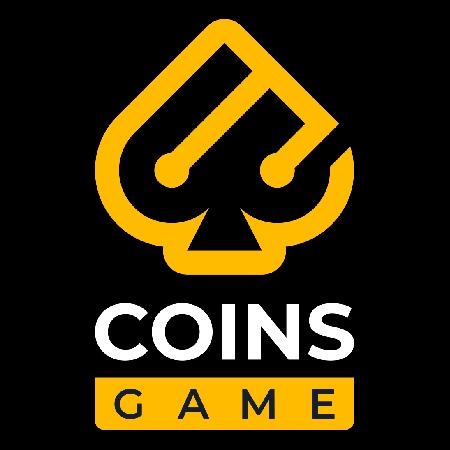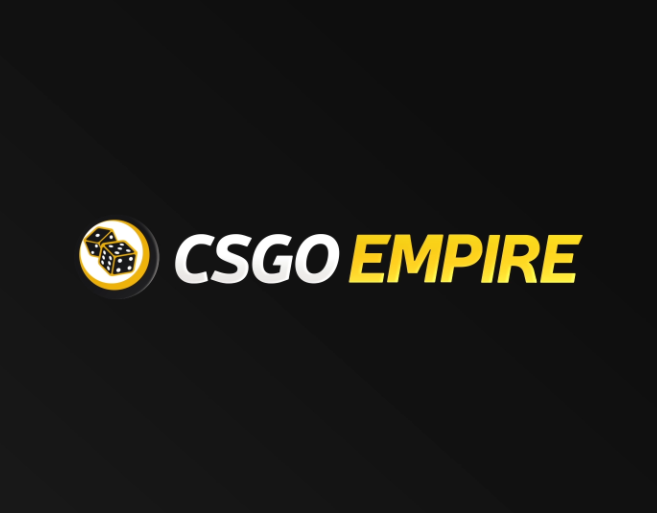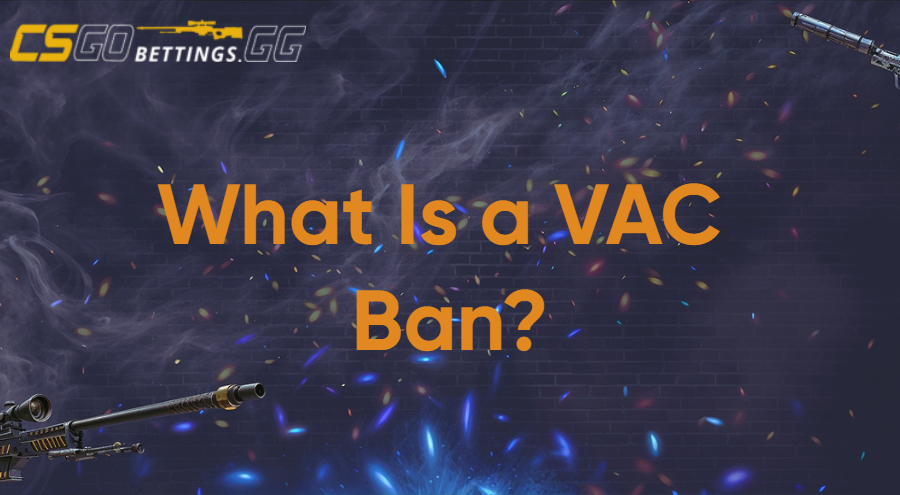
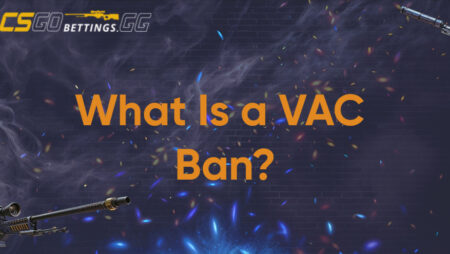
Many newcomers to Counter-Strike hear about VAC without fully grasping its significance. So, what is VAC in CSGO and why is it so crucial to the game’s integrity? VAC stands for Valve Anti-Cheat, an automated system developed by Valve Corporation to detect and prevent cheating in online games. In the context of Counter-Strike: Global Offensive (CS:GO), VAC is constantly running in the background whenever you play on a VAC-secured server. It scans for any third-party software or game file modifications that could give a player an unfair advantage. If such cheats are detected, the system doesn’t immediately broadcast it; instead, it flags the offending account for a future ban. This leads to what players commonly refer to as what is a VAC ban – essentially a permanent account ban from all VAC-secured servers of the game in question. In simple terms, a VAC ban is Valve’s way of permanently removing confirmed cheaters from the legitimate player pool. By design, VAC operates with a zero-tolerance policy: once it determines that cheating occurred, the ban is inevitable and typically irreversible.
How VAC Maintains Competitive Stability in CS2
VAC enforces baseline integrity in CS:GO matchmaking by permanently banning accounts that use unauthorized software. A CSGO VAC ban removes cheaters from the ranked pool, limiting rank inflation and match disruption caused by exploit-based play. The system also protects the in-game economy. By detecting and banning farm accounts or bots, VAC reduces item circulation manipulation and helps maintain stable skin values on the market.
It works in parallel with Overwatch: VAC handles technical detections, while Overwatch addresses suspicious behavior through manual review. This dual-layer approach improves coverage across both automated and behavioral violations. VAC’s role is to ensure consistent match conditions and protect item liquidity – two pillars essential for both competitive integrity and skin market trust.

How VAC Detects Cheaters: A Technical Overview
VAC works by checking game files, scanning memory, and spotting suspicious behavior. It compares your CS:GO files to clean versions and flags any unauthorized changes, like injected code or modified libraries. It also searches for known cheat signatures in memory, which helps it detect common hacks such as aimbots or wallhacks.
The system can spot third-party programs trying to interact with the game in real time. However, bans do not always happen right away. Valve often waits before banning to hide how detection works and to catch more cheaters at once.
VAC also uses machine learning tools like VACnet to review unusual in-game behavior. While it does not scan your whole system like some newer anti-cheat software, it is updated often and now includes VAC Live in CS2, which can remove cheaters during matches. The goal is to block large-scale cheating efficiently, without slowing down your system or invading your privacy.
Cheating in CS2: What Triggers a VAC Ban?
A CS2 VAC ban is issued when the system detects unauthorized software or modifications affecting gameplay. Core triggers include:
- Aimbots – automated aiming tools
- Wallhacks – software revealing enemy positions through walls
- Triggerbots and recoil scripts – tools that automate firing or control spray
- Speedhacks – movement or action speed manipulation
- Code injections – modifying CS2 files or injecting DLLs
- Unauthorized overlays or debuggers – even non-malicious tools can trigger detection if they hook into game memory
- Use of known cheat clients – regardless of intent, launching them on VAC-secured servers carries high risk
VAC bans are not always immediate. Detection may be delayed to prevent cheat developers from analyzing the cause. Valve advises avoiding all third-party software when playing CS2, including harmless-looking tools, to minimize false positives. If the client is clean and unmodified, the risk of a ban is virtually zero. Any attempt to gain advantage through external means, however, puts the entire account at risk without warning.
The Consequences of Receiving a VAC Ban
A VAC ban permanently blocks your account from playing on official servers in CS2. Matchmaking, community servers with VAC, and most multiplayer access are lost entirely.
Key consequences include:
- Trading and market restrictions: All CS-related items become locked. You can no longer trade, sell, or list them on the Steam Market.
- Profile visibility: The ban is public on your Steam profile, damaging trust and reputation across the platform.
- No refunds or item drops: VAC-banned accounts lose access to in-game drops, stores, and refund eligibility.
- Tournament bans: Valve and third-party organizers often disqualify VAC-banned users from competitive events.
- No Family Sharing: Shared access to the banned game is blocked to prevent bypass attempts.
In short, a VAC ban affects gameplay, inventory, reputation, and long-term access. The penalty is permanent and irreversible.
Appealing a VAC Ban: Is Reversal Possible?
A CS GO VAC ban is permanent. Valve does not accept appeals, and Steam Support will not reverse bans upon request. False positives are rare and only corrected internally if Valve identifies an error. There is no formal appeal process. If banned, users can report potential mistakes, but decisions are final unless Valve itself acknowledges a fault. In practice, VAC bans are irreversible.
Why VAC Still Matters in 2025
VAC ensures that CS2 remains competitive, stable, and trusted. It removes cheaters, protects ranked play, and prevents manipulation of the skin market. With the addition of VAC Live, detection is faster and more disruptive to exploiters.
The system’s role is practical: keep matches fair, protect player investment, and sustain a functioning environment for both casual and high-level play.

|
Mary S Colbert is a Chief Content Editor at csgobettings.gg, specializing in CS2 with over 8 years of experience as an e-sports analyst. Her informative articles on the game have made her a go-to resource for fans and her expertise is widely respected within the industry.
|

